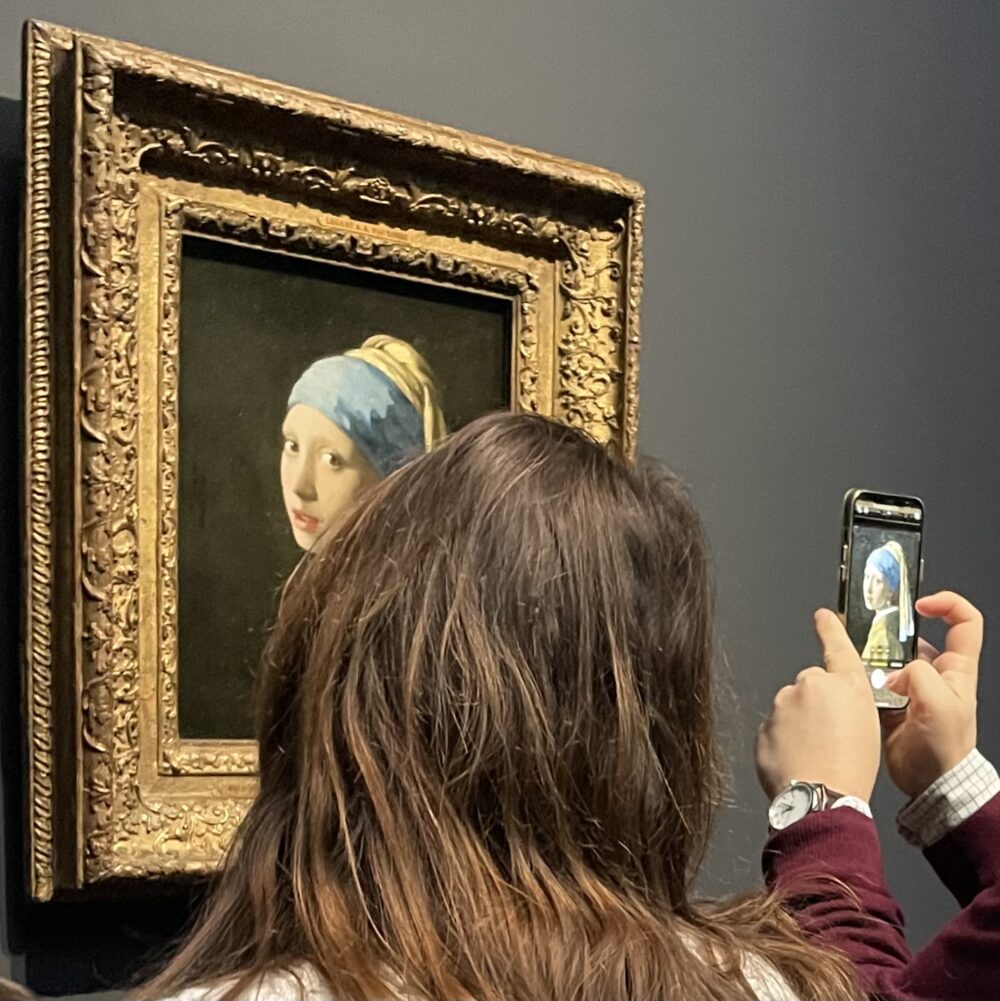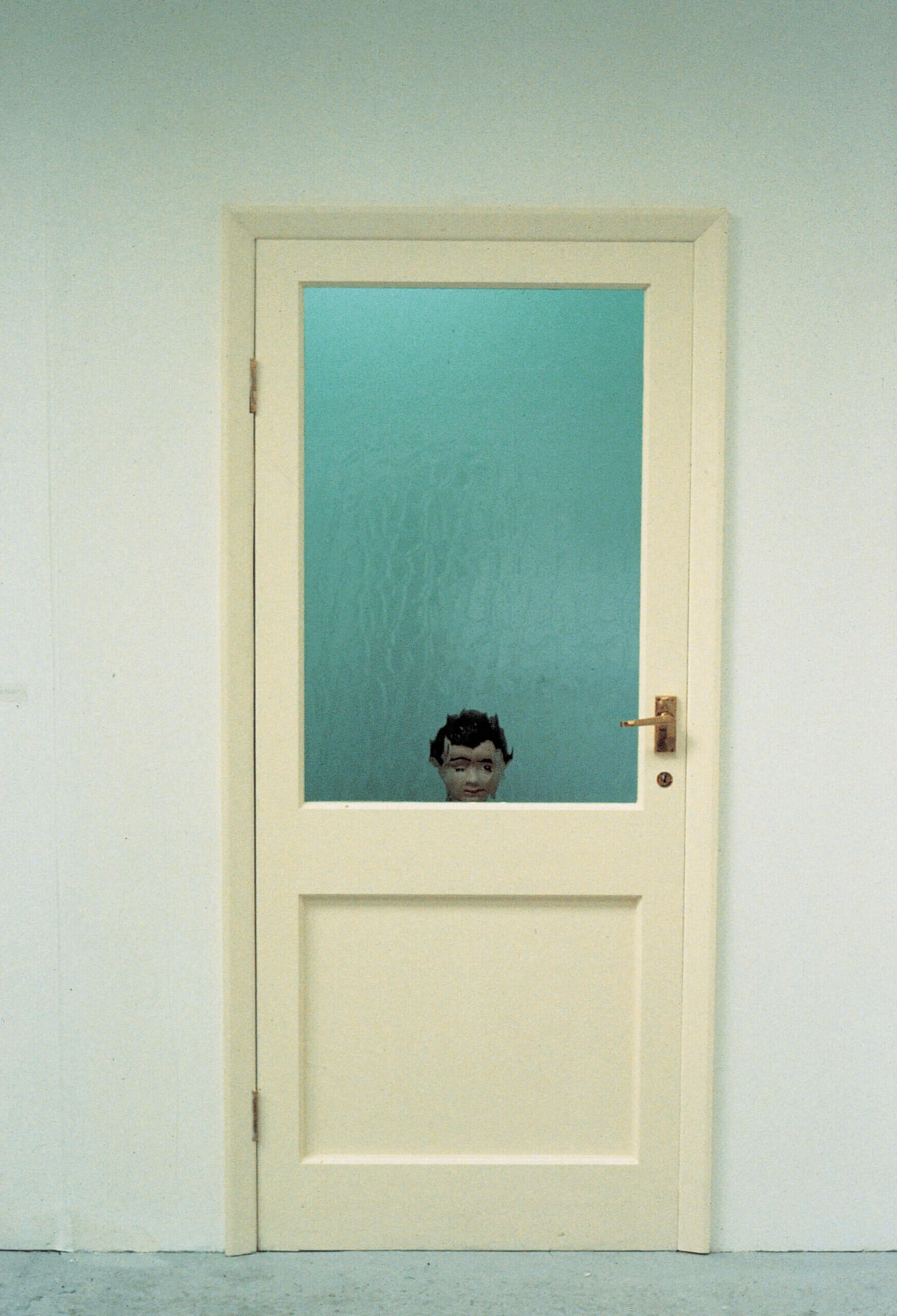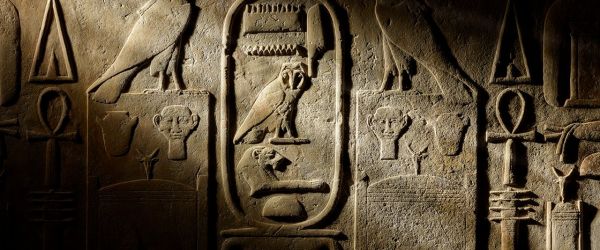I’ve been to see ‘Vermeer’

There are 37 paintings by Johannes Vermeer in this world, and the Rijksmuseum—for the first, and very possibly last, time in history—has gathered 28 of them in a single exhibition.1 I was lucky enough to go for a gander. And I mean lucky, because with over 200,000 tickets sold, this exhibition is sold out for months.
You’ll probably gather from the photos that I went into this exhibition with a slight sneer: here was an opportunity to see some pictures that are already familiar while peering over people’s shoulders and through their mobile phone screens. I’m not a fan of the sort of literal representative art that makes up Vermeer’s oeuvre. I was going as much to say I’d been as to actually see anything.
I’ve been lucky enough in my life to see any number of fantastically famous artworks, from the Mona Lisa to the Sistine Chapel. And every single time, it has looked just about exactly as I already knew it looked, and I felt no different for having seen it than I did beforehand. I wondered why I bothered.2

Vermeer was different. I don’t have the knowledge or language to properly explain why, but the experience of seeing these paintings in real life is remarkably different to seeing pictures of them. I think it’s something to do with their vibrancy: there isn’t a hint of dullness in the way there is in many historical paintings. They look, in some ineffable way, as though they are alive, or as though the paint is barely dry.
The exhibition was exceptionally well put together. The curators have avoided any muddying of the experience: there are no paintings by contemporaries for comparison, no works inspired by Vermeer to show his continued legacy, no blown-up reproductions to demonstrate his techniques. This is just the 28 Vermeers, spread across no fewer than ten galleries, giving each room to breathe.
Some paintings are on their own. It is objectively absurd to give The Milkmaid, a painting probably smaller than A3 size, an entire gallery to itself. And yet, it commands the space far more than Rembrandt’s huge Night Watch upstairs.

And nowhere in this exhibition does the visitor need to be hindered by bullet-proof glass, ‘which really gives the impression of being very close to the painting.’ Instead, a simple balustrade prevents crowding, but allows leaning over to get a closer look.
But obviously, it’s the paintings that are the star here. That unexpected, indescribable presence, the astounding attention to detail, the lifelike quality. They really are utterly unbelievable, completely astonishing.
I was so unexpectedly bowled over by the exhibition that I did something I’ve never done before with any exhibition: I went back the next day. I was so surprised by the strength of my own reaction that I couldn’t quite believe it, and wondered if I’d just been tired or overawed at being back at the beautiful Rijksmuseum. But no: the paintings really are spectacular, unlike anything I’ve ever seen before.

On my second viewing, I decided that the effect was a combination of the fine detail and the light: a lot of Vermeer’s paintings have a clear light source, often a window, and most of the light falls exactly as it would in reality. But there are exceptions: figures within the paintings seem to be lit more brightly than they probably should be. I think it’s this that gives the paintings such an arresting quality, and it most likely works best ‘in person’ because the light sources probably ‘read’ most correctly when the painting is on a wall. I know virtually nothing about painting, so this may well be a load of rubbish–but the fact that I’m spouting it demonstrates how much the Vermeers got inside my head.
Another illustration of how much the paintings struck me is that on my second visit, I bought the catalogue (I never buy the catalogue). And I know this is reaching a whole new standard of weirdness even for me, but the catalogue smells divine–a very intense new book scent. Oh, and the close-ups in it helped to deepen still further my appreciation of Vermeer’s eye for detail.
This exhibition wasn’t at all what I expected when I followed the blue line through the Rijksmuseum to find it: I’m very glad I went to it.

Vermeer continues at the Rijksmuseum until 4 June.
- It is a little bit embarrassing to visit as a Brit, and know that one of the Vermeers missing from this exhibiton is squirreled away in the Royal Collection, not just hidden from visitors to this exhibition, but from everyone. ↩
- My only mention on this blog of seeing the Mona Lisa is a reflection on how many people took selfies with it rather than looking at it, which I think probably underlines my point. ↩
This post was filed under: Art, Post-a-day 2023, Travel, Amsterdam, Rijksmuseum, Vermeer.























